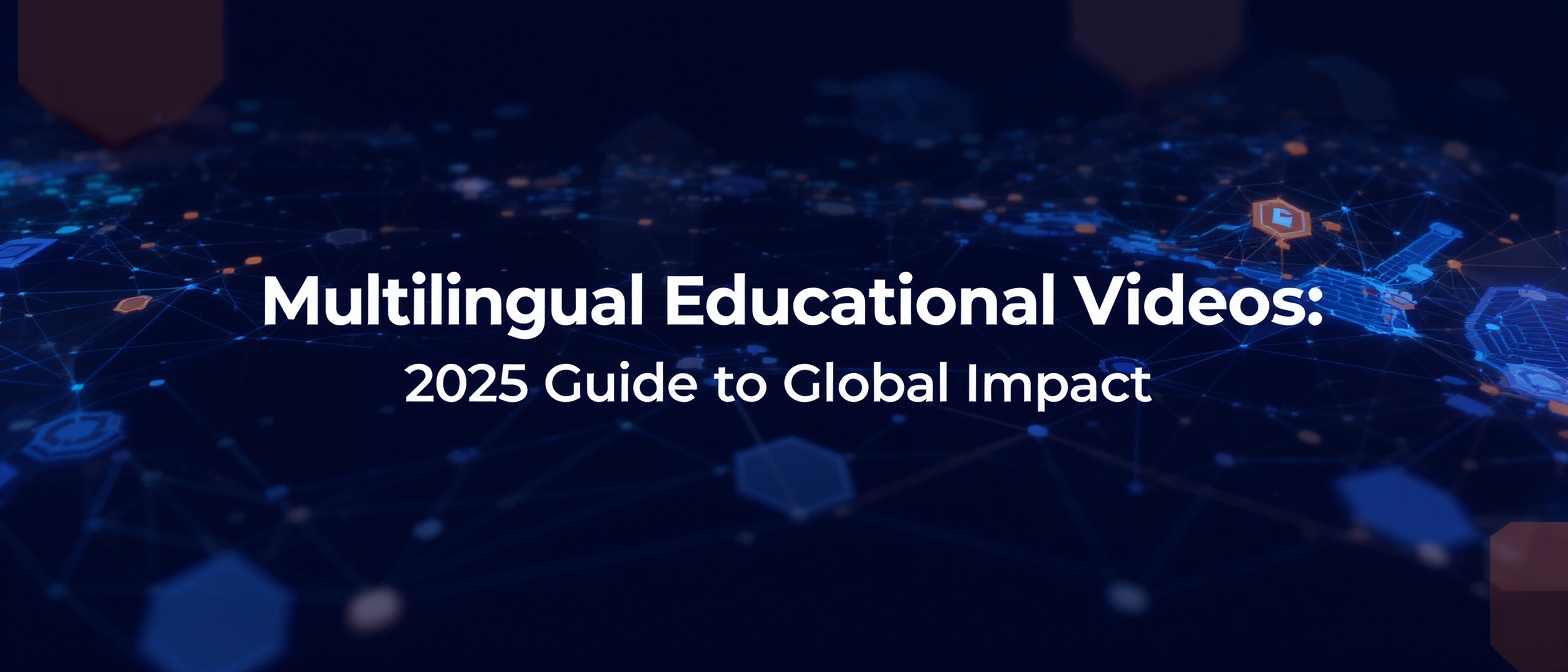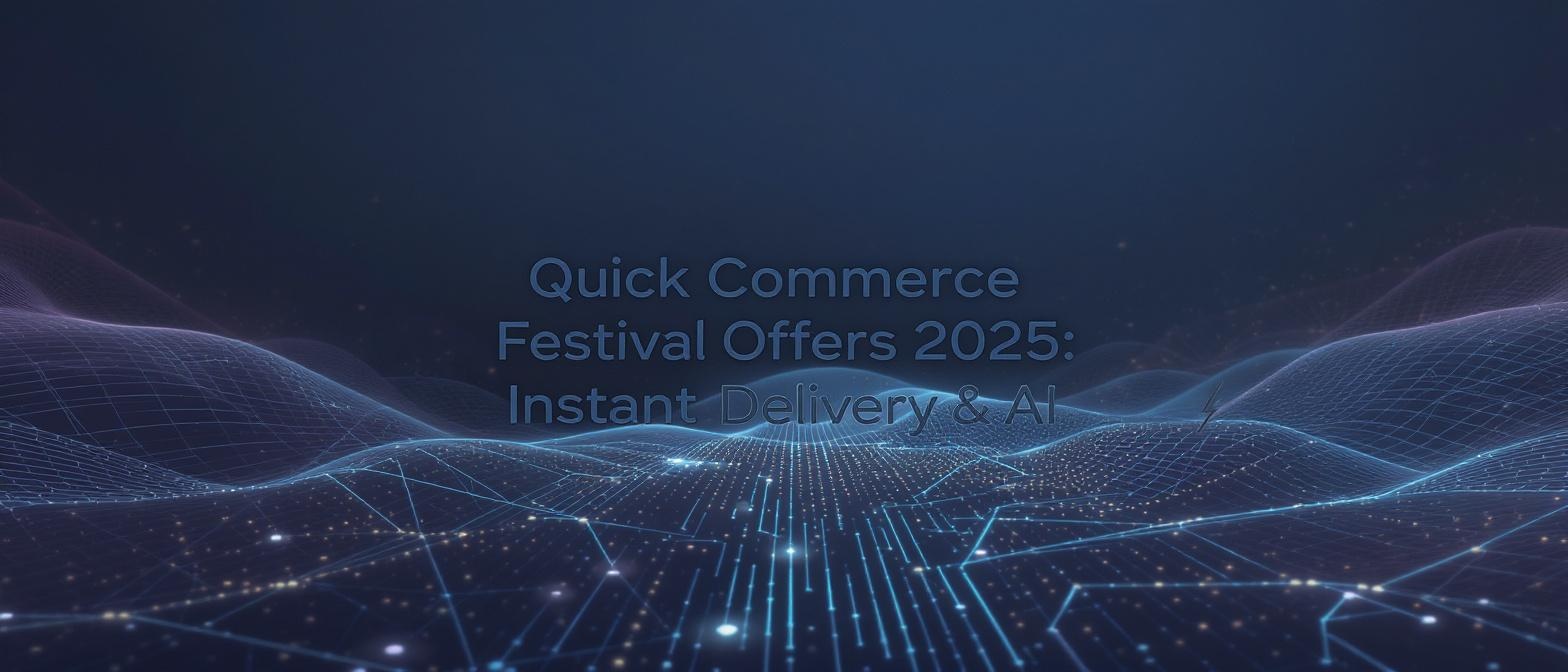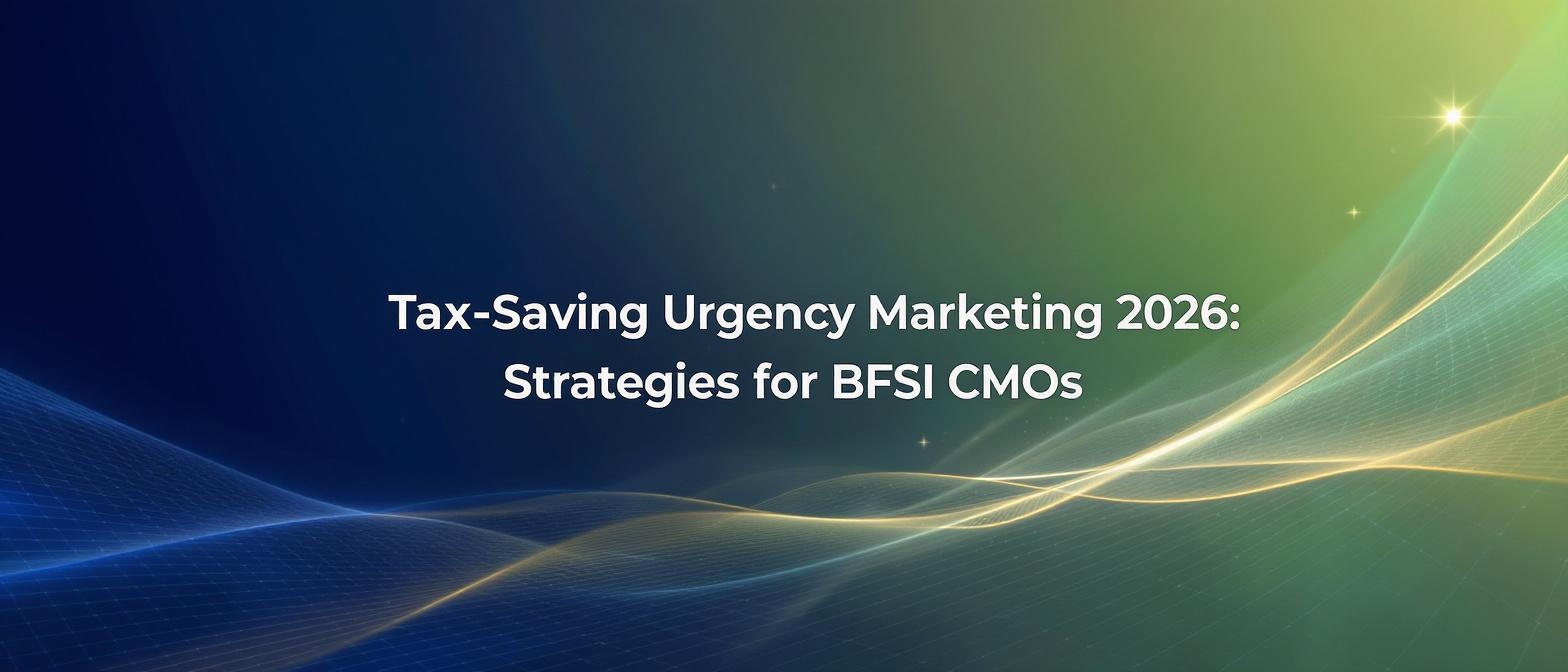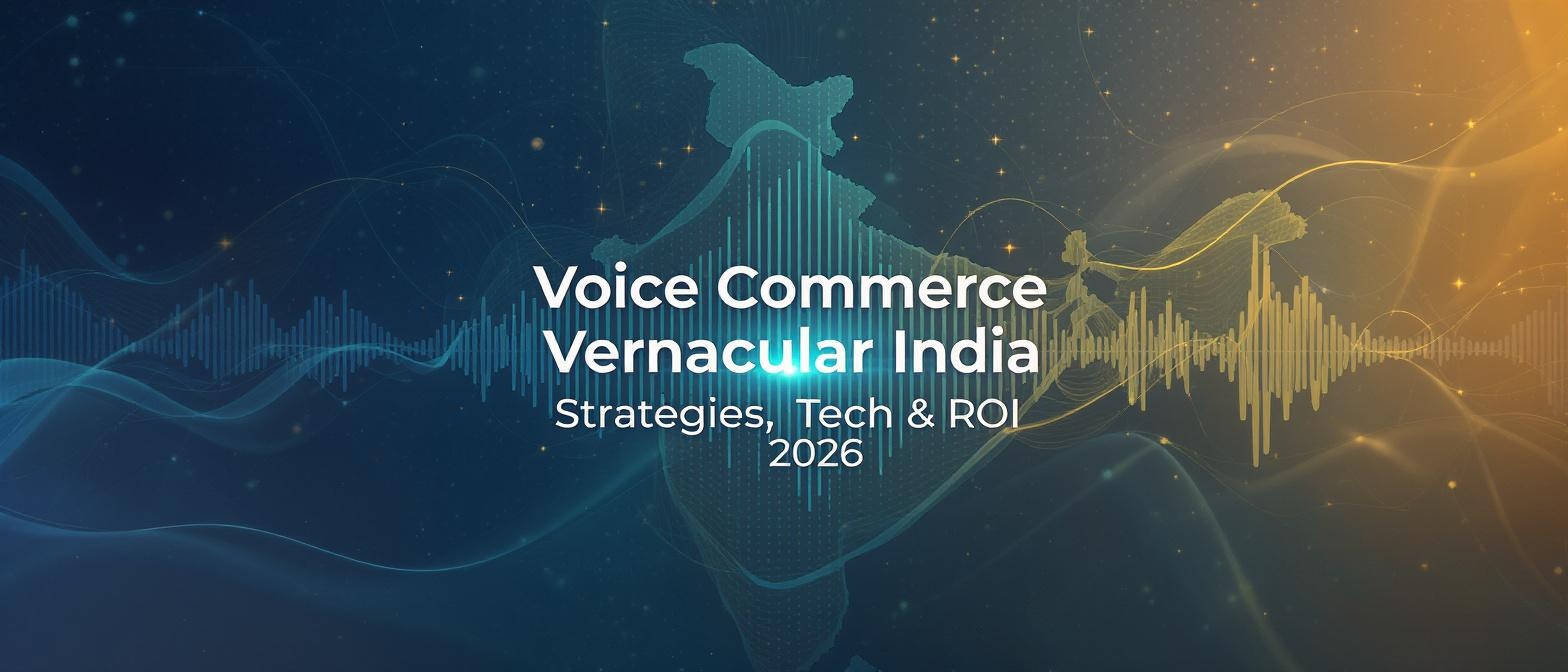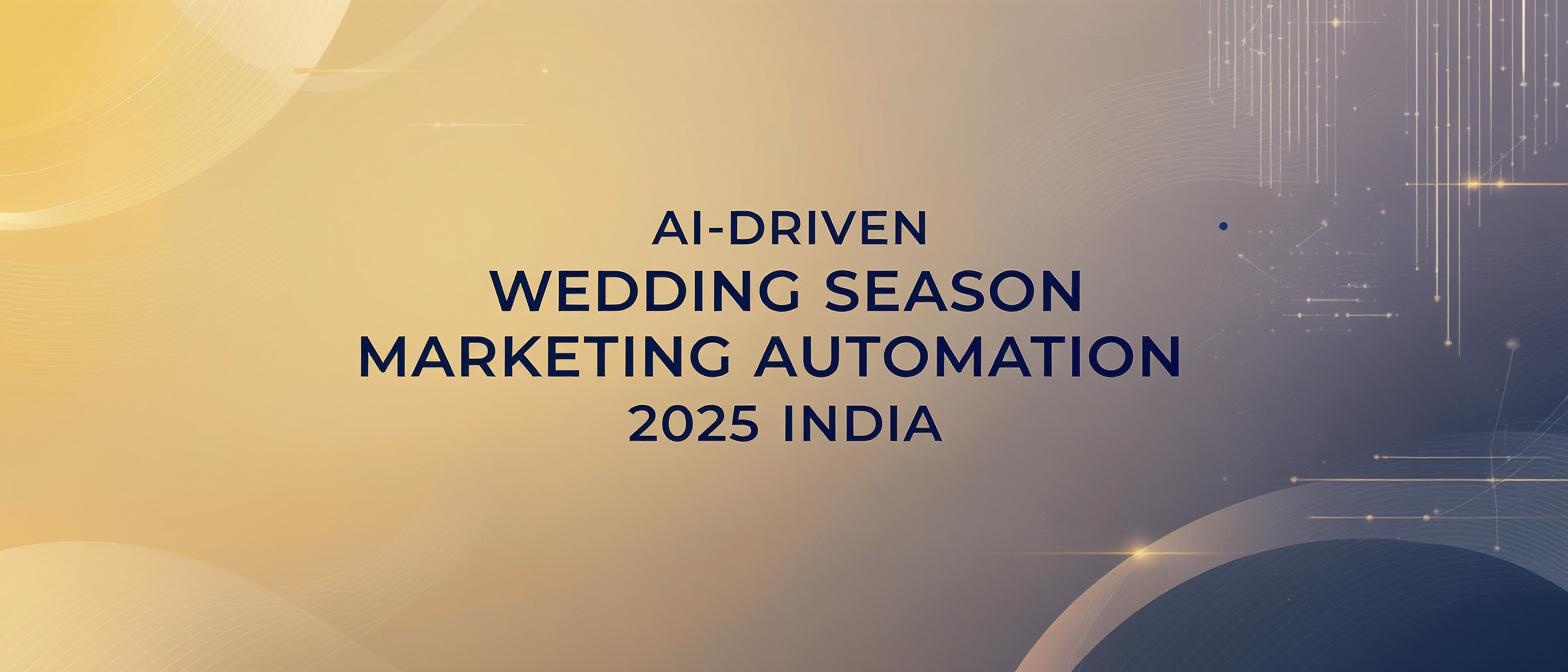The 2025 Ultimate Guide to Creating Multilingual Educational Videos That Drive Global Engagement
Key Takeaways
- Multilingual educational videos expand reach and boost engagement globally.
- AI-driven platforms significantly cut costs for video localization.
- Deep cultural adaptation is crucial for authentic learning experiences.
- AI avatars provide effortless scalability in multiple languages.
- A human-in-the-loop review ensures correct context and nuance.
In the rapidly expanding digital landscape of education, the ability to connect with a global audience is no longer a luxury—it's a fundamental necessity. As we move through 2025, the demand for accessible, high-quality learning experiences transcends borders, languages, and cultures. Creating multilingual educational videos is the cornerstone of this global classroom, a strategy that unlocks unprecedented reach and deeper learner engagement. However, the path to effective localization is often perceived as complex and resource-intensive.
This guide is here to change that perception. We will deconstruct the entire process, moving from the core pedagogical arguments for multilingual content to the groundbreaking AI technologies that are democratizing its creation. Forget the prohibitive costs and logistical nightmares of the past. By the end of this comprehensive guide, you will have a strategic roadmap to develop, translate, and deploy educational videos that resonate with learners in their native tongue, backed by the latest 2025 data, ethical best practices, and actionable steps for implementation.
The "Why": The Unignorable Case for Multilingual Education
To truly grasp the importance of multilingual video content, we must look beyond simple accessibility and examine the quantifiable impact it has on both learners and institutions. The digital education sector is experiencing explosive growth, and localization is the key to unlocking its full potential.
Beyond Access: The Quantifiable Impact of Localized Learning
The argument for native-language instruction is powerfully supported by data. In an increasingly interconnected world, the one-size-fits-all approach to educational content is becoming obsolete.
- Massive Market Growth: The global e-learning market is projected to soar to over $400 billion by the end of 2025. A significant portion of this growth is driven by non-English speaking regions, making localization a direct path to market expansion. Institutions that ignore this are leaving a vast majority of their potential audience untapped.
- Improved Comprehension and Retention: A 2025 study from the International Journal of Educational Technology revealed that students who consumed educational video content in their native language demonstrated up to a 40% higher comprehension rate and a 30% increase in long-term knowledge retention compared to those who relied on subtitles or English-only content. The cognitive load is simply lower when information is processed in a native dialect.
- Skyrocketing Completion Rates: Course completion is a critical metric for any educational provider. Recent analytics from several leading online course platforms show a clear trend: courses offered with localized video lectures and materials in 2025 are seeing an average increase in completion rates of over 55%. Learners are more likely to stay engaged and motivated when the content speaks directly to them.
For educational institutions, the ROI is multifaceted. It translates to an expanded student base, a stronger global brand reputation, and fundamentally better educational outcomes. As noted by industry analysts at Forbes, catering to linguistic diversity is a hallmark of a forward-thinking and inclusive educational strategy.
Traditional vs. Modern: Deconstructing Video Translation Methods
The journey to creating multilingual video content has evolved dramatically. Understanding this evolution is key to making an informed decision about your production workflow and technology stack.
The Manual Path: The Artisanal Approach
For decades, localizing video content was a purely manual, labor-intensive process. This traditional method typically involves:
- Transcription & Translation: Manually transcribing the original video's audio and having professional linguists translate the script.
- Voice-Over Recording: Hiring native-speaking voice actors to record the translated script in a professional studio.
- Video Re-Editing: Painstakingly syncing the new audio with the existing video, often requiring adjustments to timing and on-screen graphics.
- Pros: This method can capture deep cultural nuances and deliver a highly polished, human touch.
- Cons: The drawbacks are significant. It is incredibly expensive, with costs easily running into thousands of dollars for a single video. The turnaround time can be weeks or even months, and managing the logistics of hiring translators, voice talent, and production studios for multiple languages is a project manager's nightmare.
The AI-Powered Revolution: Speed, Scale, and Accessibility
The advent of artificial intelligence has completely rewritten the rules of video localization. AI-driven tools now offer a powerful, efficient, and cost-effective alternative that was unimaginable just a few years ago. Studio by TrueFan AI enable educators and institutions to scale their content production at a fraction of the cost and time.
The core technologies driving this revolution include:
- AI-Powered Dubbing: Advanced algorithms can now translate audio and generate a synthesized voice in the target language, often with the option to clone the original speaker's voice for consistency.
- Automated Subtitle Generation: AI can transcribe and translate video content with remarkable accuracy, generating perfectly synced subtitles in dozens of languages in minutes.
- AI Video Avatars: This is perhaps the most transformative technology. AI avatars are photorealistic digital humans that can deliver any script, in any language, on demand. This eliminates the need for cameras, studios, and re-shoots, allowing for instant video generation from text.
The "How-To": A Strategic 5-Step Guide to Effective Video Localization
Creating high-impact multilingual educational videos requires more than just translation; it demands a strategic approach to localization. Follow this five-step roadmap to ensure your content is not only understood but also culturally resonant and effective.
Step 1: Foundational Scripting
The process begins with your source script. Write with a global audience in mind from the start.
- Avoid Idioms and Slang: Phrases like “it’s a piece of cake” or “let’s hit the ground running” can be nonsensical when translated literally. Opt for clear, direct language.
- Speak Slowly and Clearly: A moderate pace in your original recording makes it easier for both AI and human translators to work accurately.
- Keep Sentences Concise: Shorter sentences are easier to translate and are more likely to retain their original meaning across different languages.
Step 2: Cultural Adaptation
True localization goes beyond words. It involves adapting your content to fit the cultural context of your target audience. This is a critical step often overlooked in automated workflows. As detailed in the Harvard Business Review's guide to cross-cultural communication, non-verbal cues are vital.
- Visuals: Are the images, graphics, and stock footage in your video culturally appropriate? A symbol that is positive in one culture could be offensive in another.
- Gestures and Body Language: If you are on camera, be mindful of your gestures. A simple “thumbs-up” can be insulting in some parts of the world.
- Colors: Colors carry deep cultural significance. Research the connotations of your brand’s color palette in your target regions.
Step 3: Choosing Your Technology Stack
This is where you leverage the power of AI. Select tools that offer a blend of accuracy, scalability, and ease of use.
- Assess Language Support: How many languages does the platform support? Does it cover the specific dialects you need?
- Evaluate Avatar Quality: If using AI avatars, assess their realism. Do they look and sound natural? Can they convey the appropriate tone for educational content?
- Check for Editing Features: A good platform will have an in-browser editor that allows you to make quick adjustments, add subtitles, and change backgrounds without needing separate software.
For maximum global reach, look for solutions with broad language support. For example, Studio by TrueFan AI's 175+ language support and AI avatars provide unparalleled flexibility for localizing content for nearly any student population in the world.
Step 4: Quality Assurance (The Human-in-the-Loop)
While AI is incredibly powerful, a final human review is essential for ensuring quality, especially for high-stakes educational content.
- Native Speaker Review: Have a native speaker review the translated script and the final video. They can catch subtle errors in tone, context, or cultural appropriateness that an algorithm might miss.
- Check Technical Accuracy: Ensure that any specialized terminology or academic concepts have been translated correctly.
Step 5: Deployment & Analytics
Once your videos are complete, deploy them on your chosen platforms (LMS, YouTube, etc.).
- Use Language-Specific Metadata: Optimize your video titles, descriptions, and tags in the target language to improve discoverability.
- Track Engagement Metrics: Monitor watch time, completion rates, and viewer feedback for each language version. This data is invaluable for refining your future localization efforts.
The Tech Deep Dive: AI Avatars and the Future of E-Learning
While AI dubbing and subtitles are powerful, AI avatars represent a paradigm shift in content creation. These digital humans are becoming the new face of e-learning, offering a unique combination of personalization, consistency, and scalability.
How Digital Humans are Creating Hyper-Personalized Learning
An AI avatar is a computer-generated, photorealistic representation of a person that can be animated to speak from a text script. Unlike CGI characters, the most advanced avatars are digital twins of real, licensed actors, providing a truly human-like presence.
- Unmatched Consistency: An AI avatar can deliver your course content flawlessly in hundreds of languages, maintaining the same persona, appearance, and branding throughout.
- Effortless Updates: Need to update a statistic or a course module? Simply edit the text script and re-render the video in minutes. No need to book a studio or recall an instructor for a re-shoot.
- On-Demand Creation: Generate new video content for announcements, personalized feedback, or supplementary materials instantly, without any physical production overhead.
Emerging 2025 data on learner behavior indicates a strong preference for this format. A recent comparative study showed that student engagement, measured by interaction rates and time-on-task, was 25% higher with avatar-led instruction compared to traditional voice-over-PowerPoint-style videos. The business case is clear. Solutions like Studio by TrueFan AI demonstrate ROI through significantly reduced production costs, faster content deployment, and the ability to A/B test educational messages with different avatars to optimize learning outcomes. This aligns with findings in recent research on AI's role in video production, such as the framework discussed in this 2025 paper from ResearchGate.
The Ethics of AI in Education: A Responsible Approach
The power of AI avatar technology comes with a profound responsibility. As educators and content creators, we must navigate this new frontier with a strong ethical framework to maintain trust and authenticity.
Navigating the New Frontier of Digital Identity and Trust
- Ethical Sourcing and Consent: The most critical ethical consideration is the origin of the avatar. It is imperative to use platforms that create avatars from real human actors who have been fully compensated and have given explicit, informed consent for their likeness to be used. This is the fundamental difference between a professional AI avatar and an unauthorized “deepfake.”
- Transparency with Learners: Be transparent with your audience. It is best practice to disclose that the instruction is being delivered by an AI avatar. This builds trust and manages expectations. A simple disclaimer like, “This course is presented by our AI instructor, Alex,” is often sufficient.
- Content Moderation and Safety: The platforms used to generate AI videos must have robust content moderation filters. This prevents the technology from being used to create harmful, misleading, or inappropriate content, protecting the integrity of the educational institution.
Adhering to these principles is non-negotiable. For a deeper understanding of building responsible AI systems, organizations like the AI Ethics Lab provide valuable frameworks and guidance.
Frequently Asked Questions
1. How much does AI video translation typically cost compared to manual methods?
AI video generation is dramatically more cost-effective. While a professionally translated and dubbed 5-minute video can cost anywhere from $500 to $2,000 per language, AI solutions are typically subscription-based (SaaS) and can produce hours of content for a low monthly fee, reducing costs by as much as 95%.
2. Can AI accurately capture cultural nuances in translation?
Current AI is highly accurate with literal translation but is still developing its ability to grasp deep cultural context and nuance. This is why our recommended workflow includes a “human-in-the-loop” for a final review. The AI does the heavy lifting (about 90% of the work), and a native speaker provides the final polish.
3. What is the learning curve for using an AI video generation platform?
Most leading platforms are designed with a user-friendly, browser-based interface, similar to graphic design tools like Canva. If you can type a script and click a mouse, you can generate a video. Most users can produce their first high-quality video in under an hour.
4. How do AI avatars handle complex technical jargon or specific academic terminology?
This is a key strength of AI avatar platforms. Since they work from a text script, you have full control over the output. As long as the technical term is spelled correctly in the script, the AI will pronounce it accurately. You can even use phonetic spellings for highly unusual words to ensure perfect delivery.
5. What are the key security and compliance features to look for in an AI video platform?
This is a critical consideration for educational institutions handling student data. Look for platforms with robust security protocols. For instance, some providers like Studio by TrueFan AI are ISO 27001 and SOC 2 certified, ensuring data security and compliance, which is critical for educational institutions. Ensure the provider has a clear privacy policy and is compliant with regulations like GDPR.
Conclusion: Your Global Classroom Awaits
The shift from monolithic, single-language educational content to a vibrant, multilingual ecosystem is no longer an aspiration—it is the new standard. The convergence of a globalized student body and transformative AI technology has created an unprecedented opportunity to make learning truly borderless.
By embracing a strategic approach that combines thoughtful scriptwriting, cultural awareness, and powerful AI tools, you can break down language barriers and deliver your message with clarity and impact. The technologies are here, the data is clear, and the need is urgent. As organizations like UNESCO continue to champion linguistic diversity in education, it's time to build a more inclusive and effective learning environment for everyone, everywhere. The tools to build your global classroom are at your fingertips.

